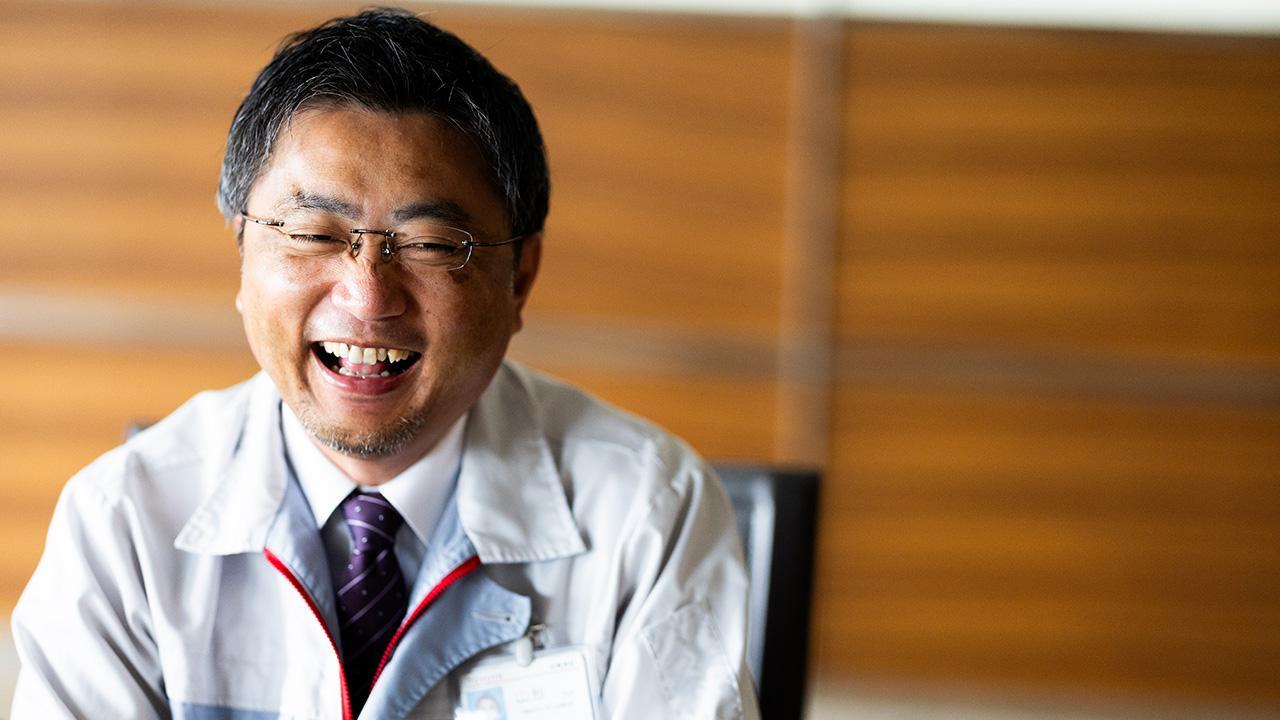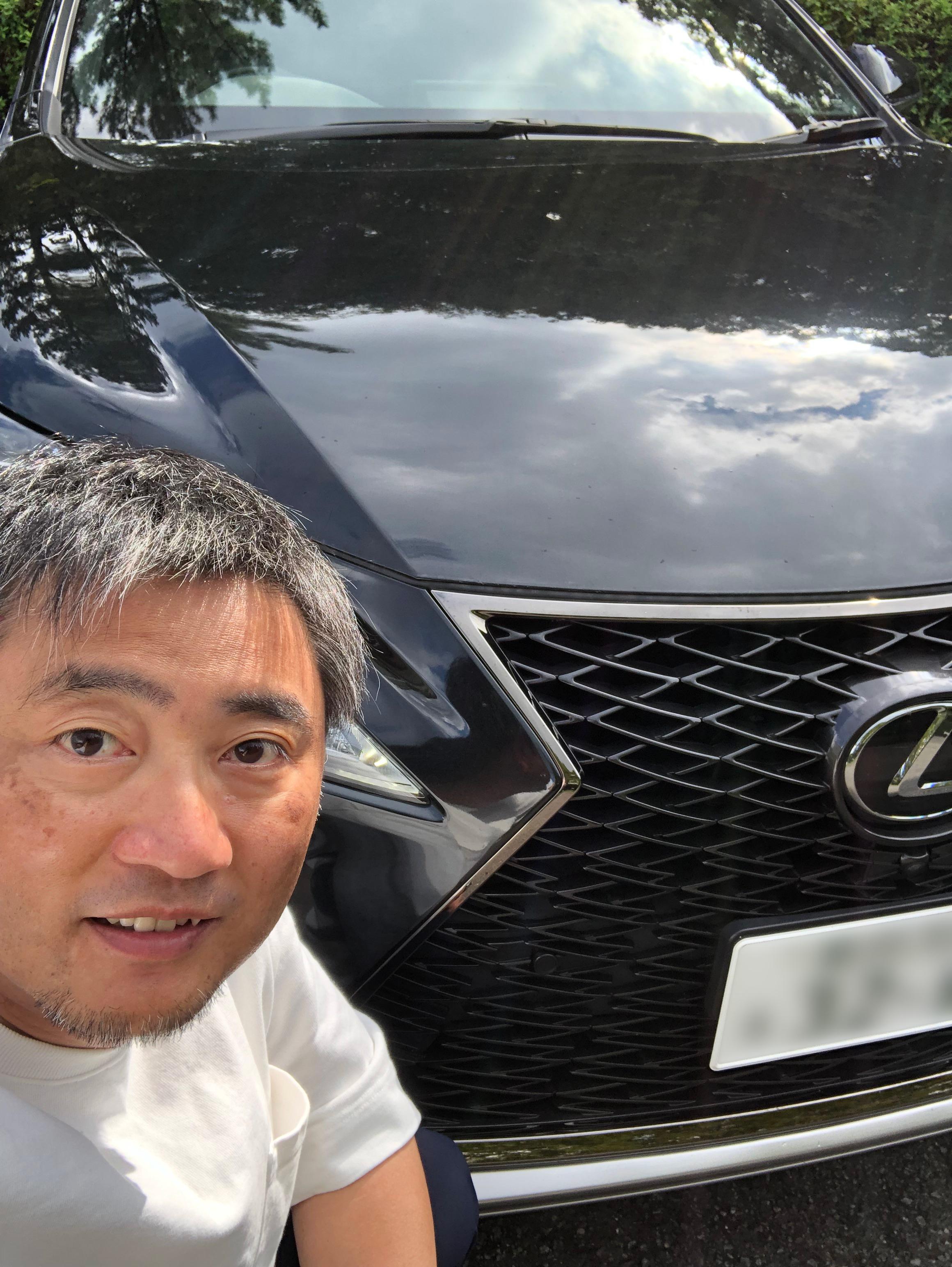
Automotive analyst Shinya Yamamoto has been going one-on-one with this year's trio of newly appointed presidents. In this final interview, Hydrogen Factory President Mitsumasa Yamagata delves into his life as a "Toyota man."
Common ground reflects Akio Toyoda’s reforms
Each of the three presidents has led a uniquely eventful Toyota life. And yet, listening to their stories revealed some common threads.
The first is that they didn’t necessarily end up in their preferred roles. (As it happens, Toyota now organizes hiring by group/course).
Whereas others may have simply wallowed in their frustration, what sets these three apart is that they engaged wholeheartedly with their assigned jobs and found fulfillment.
For instance, Sato and Kato’s respective stints at the Technology Administration Division and the Project Planning & Management Division taught them about “the overall workings of an automobile company.” At the same time, product planning gave Yamagata an appreciation of the user perspective and Toyota’s regional focus.
Indeed, the experience and expertise gained in those roles proved instrumental when moving up through the company. Which is to say, every job has meaning.
Personally, I hear that individuals who land a job they like from the outset are often (though of course not always) content to stay there.
On the other hand, those who are placed in a role they don’t necessarily love might make a greater effort to enjoy it or approach things from a different angle, leading to ideas that the average person would not come up with.
This sparks a keener interest in the job and draws them in deeper. And because they don’t have an end goal in mind, they will seek to go further, taking the job in a better direction.
The second point is that all three are engaged in cross-disciplinary work.
Although today, Toyota’s operations are based around products, previously, they were split up by function—i.e., vertically. Even within such a structure, all three worked across those divides.
Examples include Sato’s LC development in product planning, Kato’s preliminary TNGA work at the Vehicle Structure Planning Division, and Yamagata’s collaborations with evaluation and vehicle-side personnel while designing engine mounting. In short, their roles were early incarnations of Akio’s “carmaker” mentality.
Was this a coincidence or inevitability?
The third area of common ground is the presence of “unconventional” supervisors. In this category are Takeshi Uchiyamada, who told Sato that engines might not be “right for you”; Shigeki Terashi, who entrusted Kato with the BYD project; and Kohei Hori, who stepped up to guide Yamagata through engine design.
While their words and actions may appear rash or unreasonable at first glance, they were in no way mean-spirited.
These managers no doubt identified abilities and qualities that even the trio themselves were unaware of and helped find environments where each could spread their wings. Not that any of these mentors would admit as much...
And finally, there is the fact that all three took on big challenges.
The LC project forced Sato to “step outside his limits,” while Kato’s bZ3 development “was marked by constant change.” As for Yamagata, in tackling the new engine series packaging, he laid the groundwork for what would become the TNGA.
Yet, make no mistake—they did not obtain their leading roles through sheer luck or artful negotiation. The opportunities came their way thanks to hard work and consistent results.
In this light, I have come to see the three presidents as the visible results of Akio’s 14-year effort to set Toyota on the right track.
Or, to put it in more Toyota-esque terms, they represent those who took it upon themselves to transform the “ivory towers” (technical/development divisions) that were the last holdouts against change.
Now, these three individuals stand at the helm of a new Toyota. This explains why the company’s cars have lately changed and why we can expect even bigger things to come.
Mitsumasa Yamagata's Profile

Yamagata’s first car was a used Starlet (KP61), which he bought as a university first-year student. Around that time, together with classmates, he also enjoyed the cheap thrills of “compact-car dirt endurance races.” After joining Toyota, he bought an AE86, “starting with a Trueno two-door followed by a Levin two-door, racking up more than ten years between them.” Then, like President Sato and many other “Toyota men,” Yamagata opted for a BMW M3 to “try a competitor car” and was quite taken with its outstanding performance. Although he later switched to a Voxy as family circumstances changed, Yamagata now owns a 2L turbo Lexus NX (pictured). “This 2L turbo engine was one that I designed, so I figured I had to get one while I had the chance.” He is currently contemplating purchasing a Mirai, but “the large body makes parking a problem...” Does this mean that a small FCEV is on the horizon?
Shinya Yamamoto's Profile
Automotive analyst. Worked for a carmaker and tuning specialist before moving into automotive journalism. Since becoming a freelancer in 2013, he has sought to share the stories of both users and creators in an accessible and compelling way.

